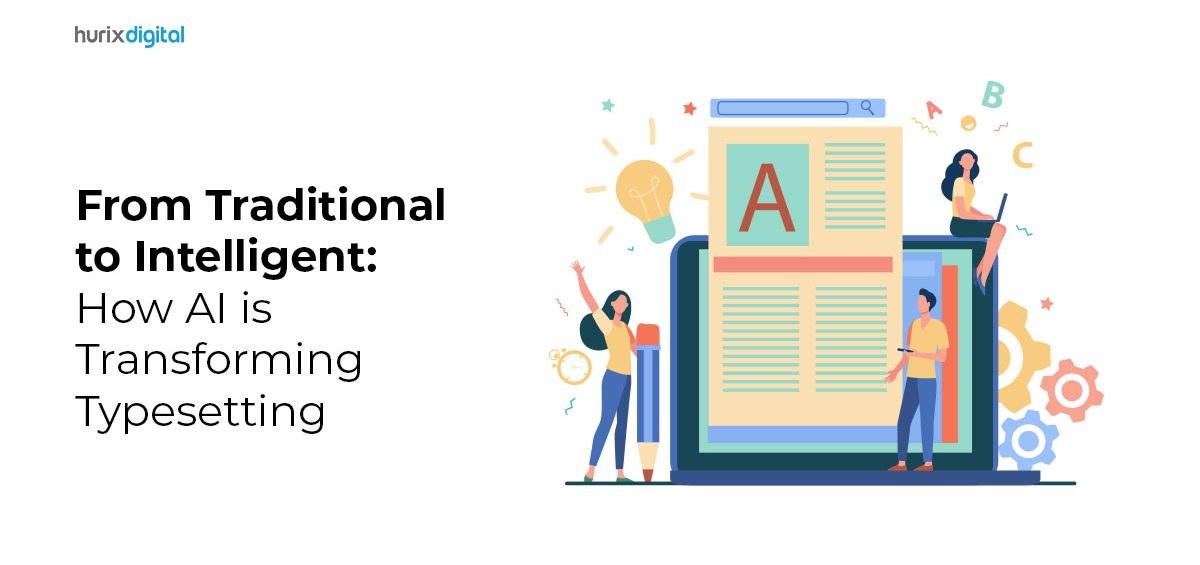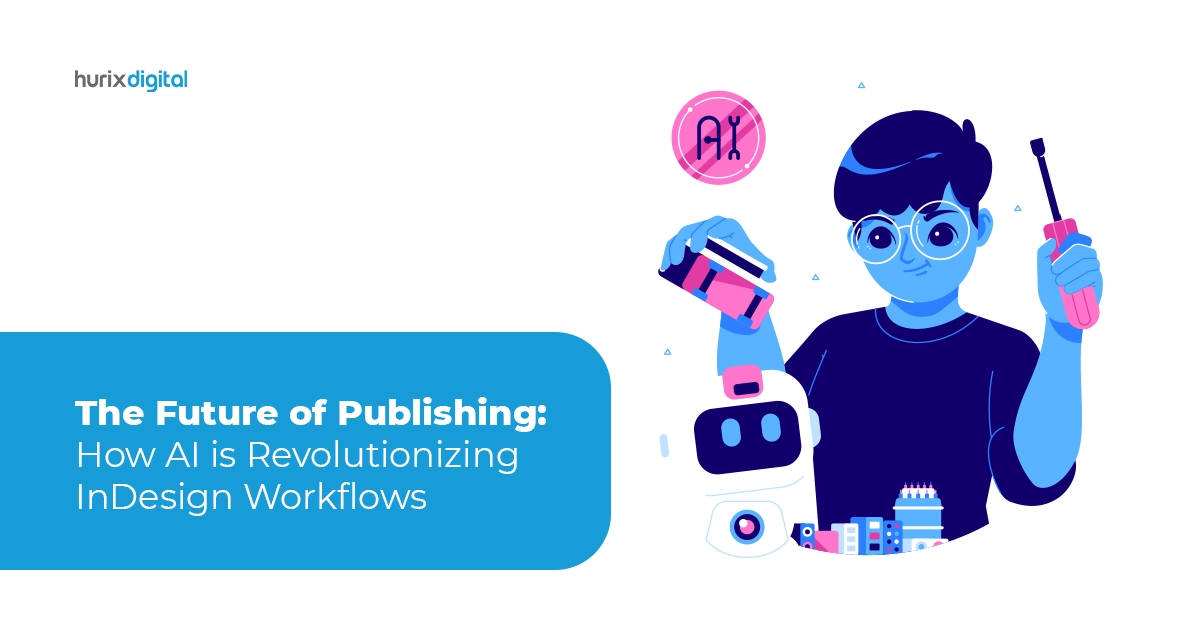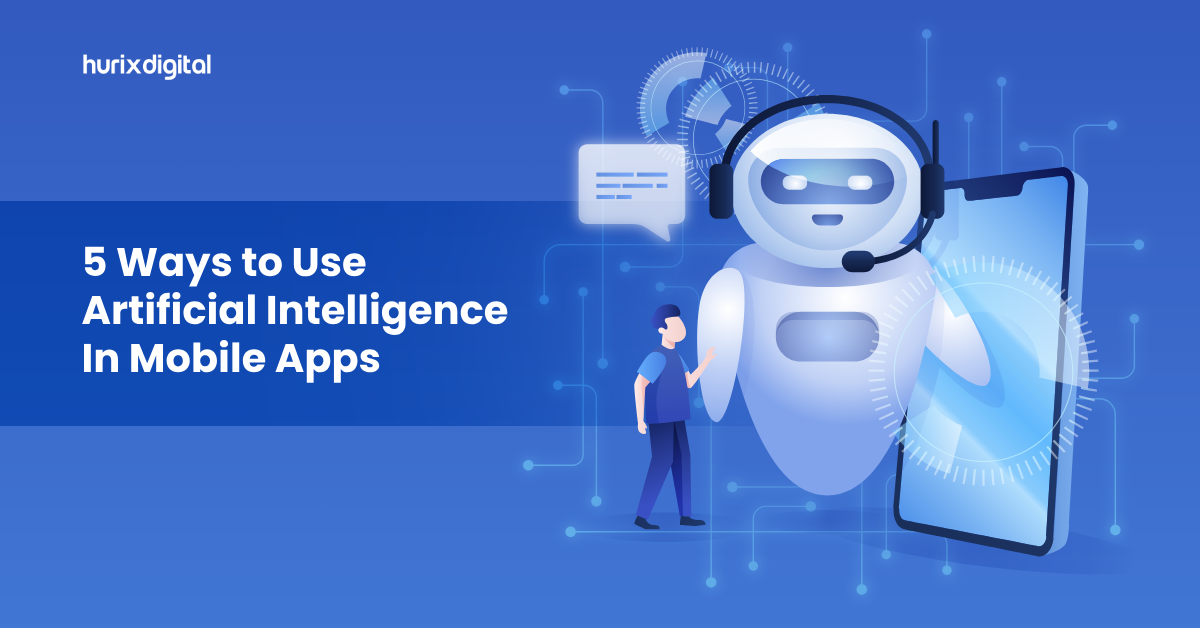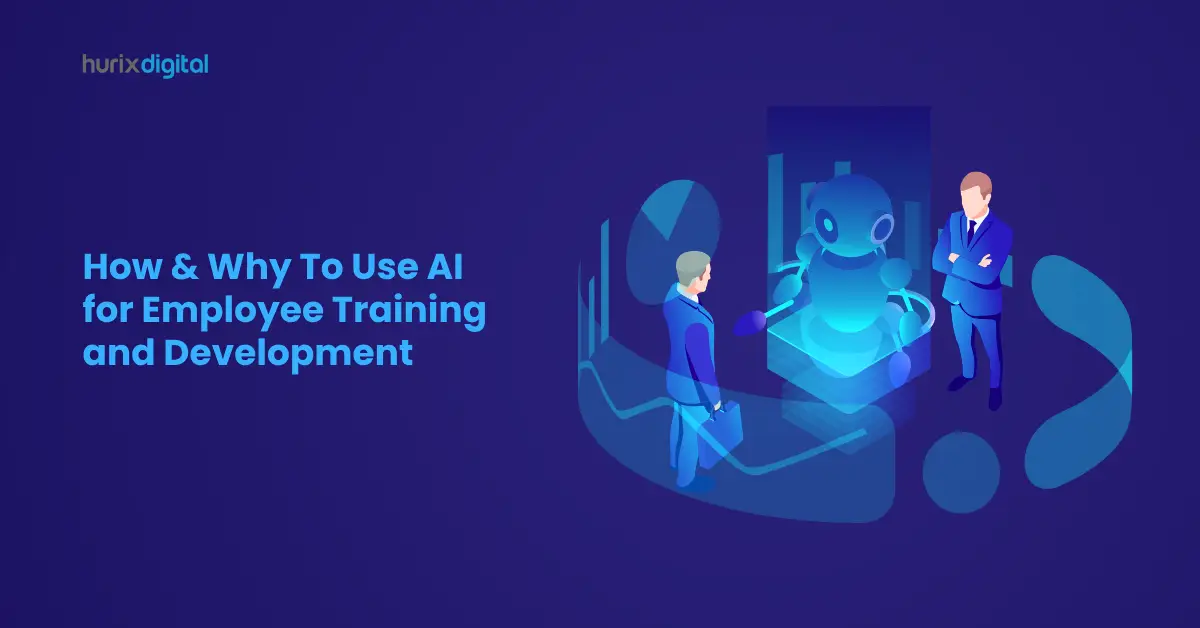Summary
This article is a guide to AI in Typesetting. It describes the various elements of AI in Typesetting and its various advantages.
Artificial intelligence is developing rapidly and is expected to become a $1,811.8 billion market by 2023. All major industries, like retail, e-commerce, hospitality, education, etc., are utilizing artificial intelligence in various ways to streamline workflows. The publishing industry is no exception.
AI-powered typesetting is the latest revolutionary advancement in the field. Technological progress and artificial intelligence have evolved typesetting radically from traditional to intelligent.
Table of Contents
- Traditional Typesetting
- Intelligent Typesetting
- Elements of AI-Powered Typesetting
- Advantages of AI in Typesetting
- Closing Thoughts
Traditional Typesetting
Traditional typesetting typically involves two stages, i.e., manual typesetting and mechanical typesetting.
1. Manual Typesetting
Manual typesetting refers to the manual process of arranging and setting texts on the plate. It was very time-consuming as each wooden or metal type box was arranged by hand to create a legible and visually appealing layout.
Traditional typesetting required skilled artisans. It would take years to practice and gain expertise in the typesetting process. Skilled typesetters hired apprentices to assist and train them.
2. Mechanical Typesetting
With the industrial revolution, the typesetting process evolved and started involving machines. Typesetters could create lines of text by simply casting a metal type on the fly of the mechanical machine. This significantly enhanced the speed and efficiency of the typesetting process.
Also Read: Exploring The Future of AI in Typesetting Services
Intelligent Typesetting
With gradual advancement in technology, there was a shift to intelligent typesetting. The current technologically intelligent typesetting majorly involves digital typesetting and AI typesetting.
1. Digital Typesetting
With the introduction of computers and the digital revolution, there was a substantial shift in the typesetting process. Digital software like LaTeX and Adobe fully replaced the mechanical typesetting process. Each element of the typesetting process, like layout typography, design, etc., could be done digitally on the computer.
The typesetting process no longer requires a skilled typesetter. Typesetting became available to a wider audience easily and quickly. Everyone could typeset a document with little knowledge and practice.
2. AI-Powered Typesetting
AI in typesetting is the most recent and digitally advanced method, which is here to stay. Artificial intelligence now leverages multiple tools and techniques to automate the typesetting process. With features like automated layout generation, semantic analysis, content optimization, personalization, and much more, the quality of typesetting output has been greatly enhanced.
Consequently, a survey by the World Association of News Publishers states that 75% of publishers believe that AI will play a crucial role in the industry’s success.
Elements of AI-Powered Typesetting
If you are also in the publishing industry and hoping to adopt this combination of artificial intelligence and typesetting, now is the best time. AI will greatly enhance your typesetting process by making it more efficient, organized, modern, and aesthetically appealing.
Mentioned here are some elements of AI-assisted typesetting solutions. Understanding them in some detail will help you make an informed and well-researched decision.
1. Natural Language Processing (NLP)
All AI-based typesetting techniques and tools come with inbuilt natural language processing capabilities. With NLP, the system can mimic human-like language understanding and analyze the written content accordingly.
It automatically carries out text segmentation, semantic analysis, syntactic parsing, syntax analysis, restructuring, and much more. With natural language processing functions, the system is intelligent enough to make solo typographic decisions.
2. Layout Setting
Layout plays a significant role in typesetting; thus, AI-powered typesetting systems can automatically generate and fix the layout of the content. It considers other factors like context, length of the content, visual appeal, and other formatting guidelines before generating the layout.
The feature of layout setting also takes care of other things like line spacing, paragraph spacing, column arrangement, alignment, and placement of visual elements.
3. Dynamic Typography
With the dynamic typography feature, typographical elements of the content are automatically adjusted for maximum optimization and readability. Dynamic typography functions based on pre-loaded data, guidelines, and feedback. This ensures a positive and personal reading experience for the readers.
4. Font Selection
It is crucial to select the right font to enhance the readability of the content. Typesetting innovation with AI can automatically select the most appropriate font, font size, and font color for maximum readability, reader engagement, consistency, and compatibility across multiple reading devices.
5. Content Adaptation for Multiple Platforms
Many reading platforms and devices are in the market, like Kindle e-readers, smartphones, tablets, desktops, laptops, and more. While typesetting, it is very important to adapt the layout for all these mediums. Typesetting automation with AI optimizes the content for all screen sizes, resolutions, alignments, and reader preferences.
6. Reader Feedback and Customization
AI in typesetting has taken user feedback a notch further by gathering a large volume of feedback and offering multiple personalization options to each reader. Although AI systems are loaded with data and guidelines, they continue to collect more user communication and preferences. They modify their recommendations over time to give readers a more unique and satisfying experience.
Also Read: How Automation is Revolutionizing the Typesetting Industry
Advantages of AI in Typesetting
Mentioned here are some advantages of automated typesetting:
- Increased productivity and efficiency
- Cost-effectiveness
- Streamlines workflows
- Improved consistent
- Enhanced design capabilities
- More personalization options
- Multiple platform adaptability
- Efficient content localization
- Continuous improvement
Closing Thoughts
It is important to remember that although AI-powered typesetting techniques come with multiple in-built tools and features, the final decision lies with humans. The AI tools can offer suggestions, but whether they should be implemented depends on the human typesetter.
Although artificial intelligence is very smart, it can fail to mimic the sensibility of contextual understanding of a human. Therefore, human typesetters can rely on AI for heightened productivity and efficiency but should not give up their voice of reason.
If you need help striking this balance between AI typesetting and human typesetters, you can reach us at Hurix Digital for our typesetting services. We will streamline all your processes and enhance the quality of the final output.
Get in touch with our expert team to get started.











